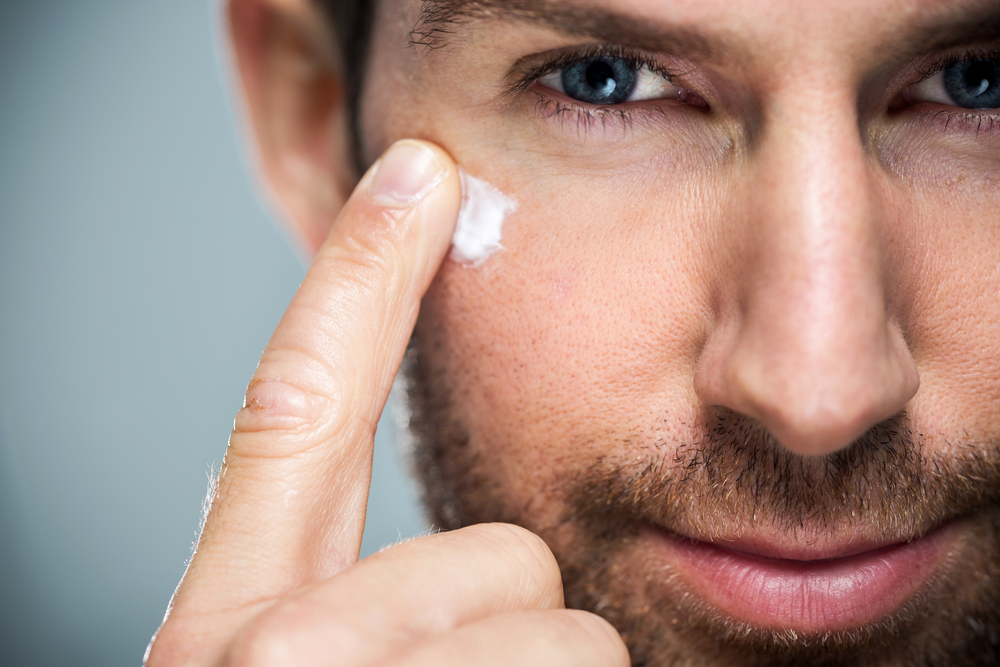The Skin: Unlocking the Secrets of Your Body's Largest Organ
Discover what makes up your skin, its vital roles, and how to keep it healthy—everything you need to know.
 (Photo: shutterstock)
(Photo: shutterstock)The skin is the largest organ in our body and deserves our utmost attention. It reflects our health status. Through its color, texture, elasticity, and elasticity index, we can detect signs indicating internal issues in the body.
Skin color can indicate anemia, jaundice, and more. Rashes or redness on the skin can reveal weak blood vessels or poor blood flow, and issues with the liver, kidneys, or immune system.
Even the scent of the skin reveals types of materials emitted from it, sometimes pointing to poor diet and toxin buildup.
The main factors affecting the skin include genetics (about 20%), nutrition, hormonal balance, microflora, blood flow, climate, sleep, and ecology.
Our skin is composed of four layers.
The first and outermost layer is called the stratum corneum, which contains water and fat. The acidity (P.H) of the stratum corneum should be between 5.5-6, slightly acidic, to kill bacteria and germs that come into contact with the skin and serve as insulation against dirt. The inner layers renew and rise upwards, while the top layer sheds and is replaced. The renewal of skin cells becomes slower with age.
The second, the epidermis, is divided into sub-layers. Delicate areas like eyes and lips have two sub-layers, while areas like joints or knees have four sub-layers. This layer has very few blood vessels and some nerves. It renews itself by pushing dead skin cells upward. A baby renews its skin cells every three weeks, and an adult—every three months.
The third layer, the dermis, is where new skin cells are created. Since it contains blood and lymph vessels, it requires nutrients and fluid exchange. In this layer, you'll find the hair follicle (the root), attached to blood vessels and sensory nerves. A special sebaceous gland is connected to the hair follicle, creating a protective layer. This layer produces moisture needed for the skin through oxygen. Additionally, this layer produces protein materials like elastin and collagen.
The fourth and deepest layer is the fatty layer, providing insulation to maintain body heat and protect internal organs from cold and damage. Vitamin D is also produced here, influenced by UV sunlight.
The Functions of the Skin
The skin serves as protection for internal organs against harmful exposure, acting as a barrier against dehydration.
The skin acts as a temperature regulator. The body's temperature ranges between 36.5-37 degrees Celsius. All organs function normally at this temperature. When it's cold, the skin contracts to prevent heat loss. At high temperatures, the sweating mechanism is activated to lower the body temperature.
The skin has three types of nerves: one connected to secretion and sweat pores; another for sensory touch; and the third are motor nerves, connected to the movement mechanism and hair follicle.
Additionally, the skin is an organ of excretion, often referred to as "the third kidney." In the dermis, the middle skin layer, there are blood vessels, lymph vessels, and a drainage system that expels waste materials through sweat.
 (Photo: shutterstock)
(Photo: shutterstock)The skin is an absorptive organ, making it essential to use soaps, creams, and cleaning products with non-dangerous, non-toxic ingredients because it all reaches the bloodstream! It's also important to maintain a proper PH and nourish the skin with vitamins and minerals healthy for the skin. This improves its flexibility and vitality.
As a breathing organ, the skin serves as a "third lung," facilitating breath through pores. Dry air dries out the skin, as do excessively hot waters. It's advisable to reduce the intake of salt and caffeine, which dry out the skin.
Oily skin results from excessive activity of the sebaceous glands, due to hormonal imbalance.
Since the skin is built of protein, it requires a regular supply of proteins as well as unsaturated fats and essential fatty acids: linoleic acid and its derivatives—alpha linoleic, gamma linoleic, and omega-3 fatty acids. These are found in plants and sea fish. Nuts, almonds, and seeds also contain essential fatty acids, as do chia seeds and flax seeds. The vitamins important for skin health include Vitamin A, Vitamin C for collagen production, Vitamin B, and Vitamin E.
To book home workshops with Rabbanit Rachel Batzri, call 073-2221240 or 052-9551588

